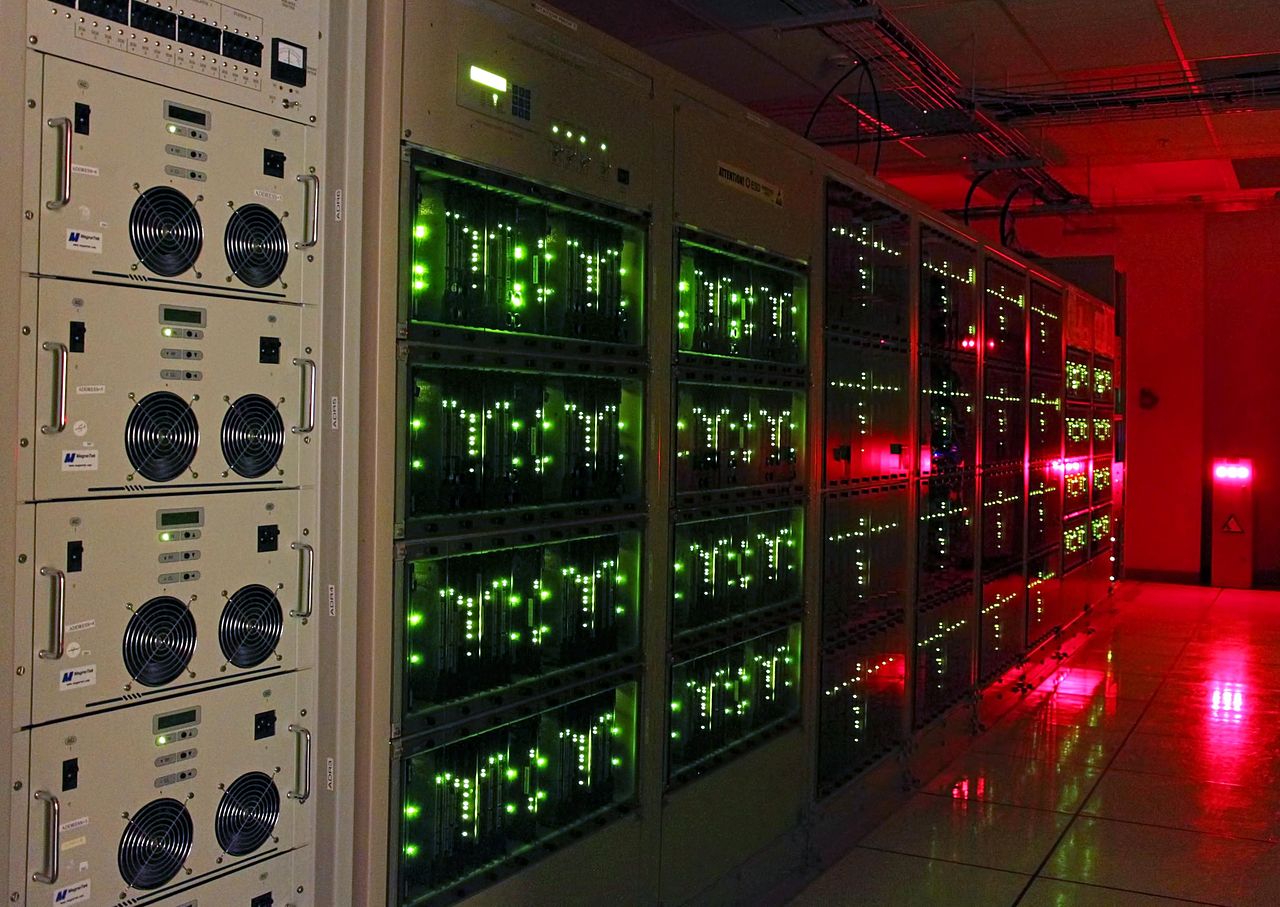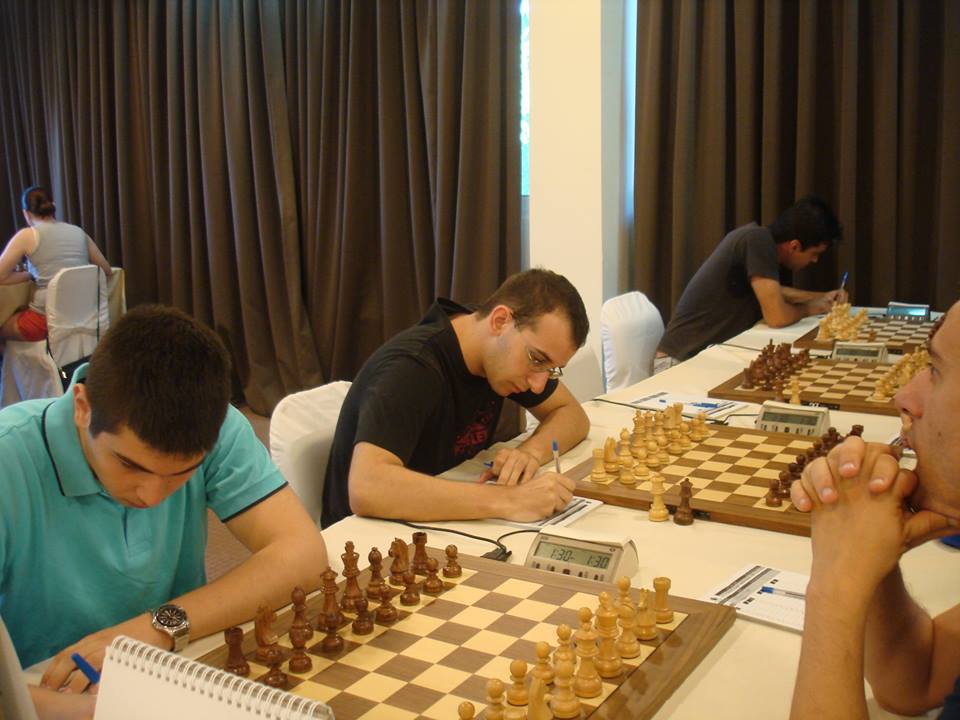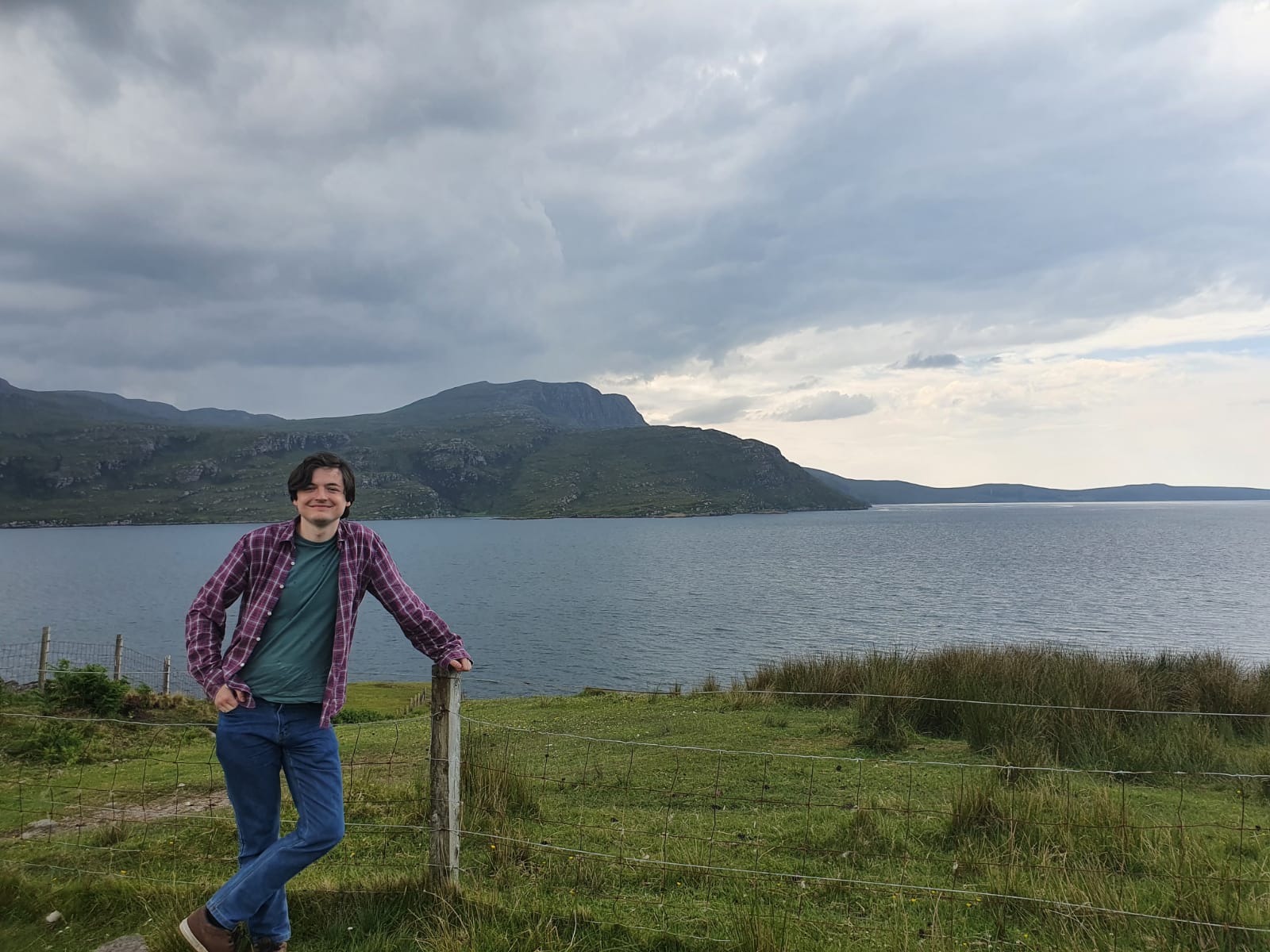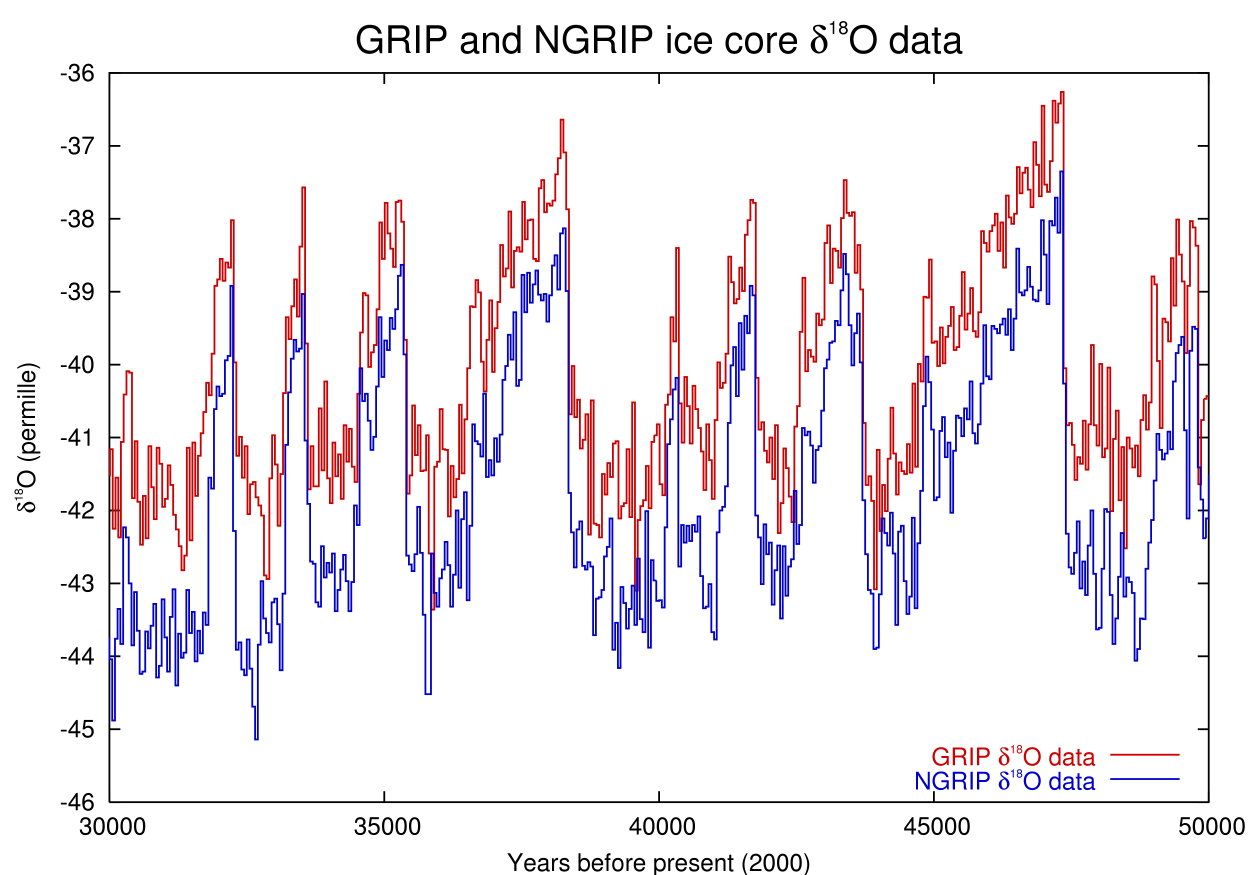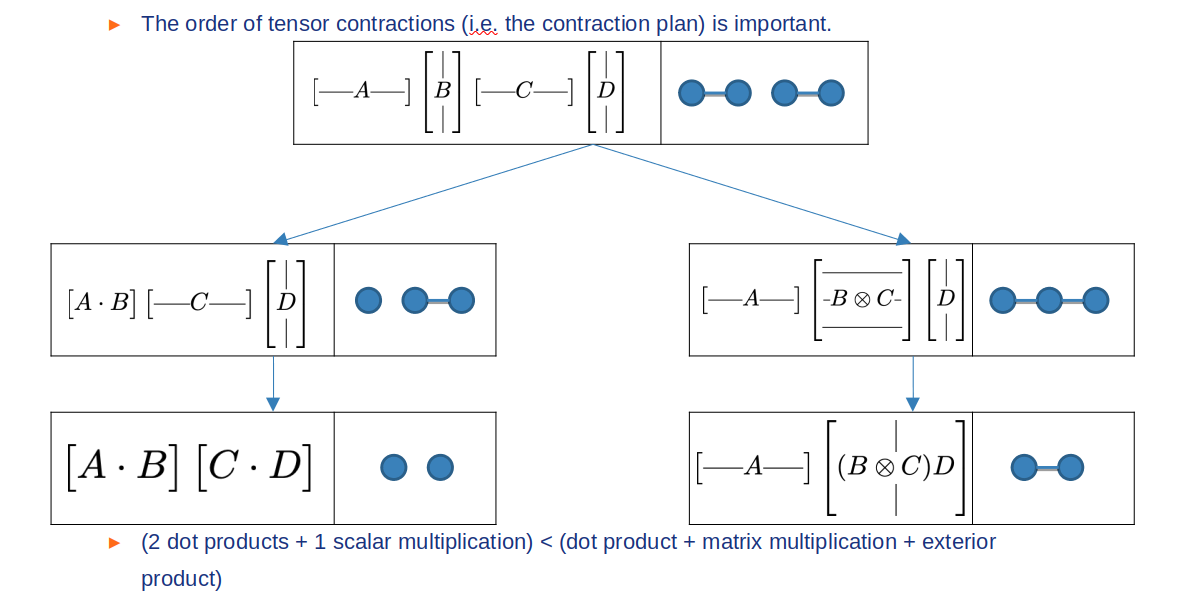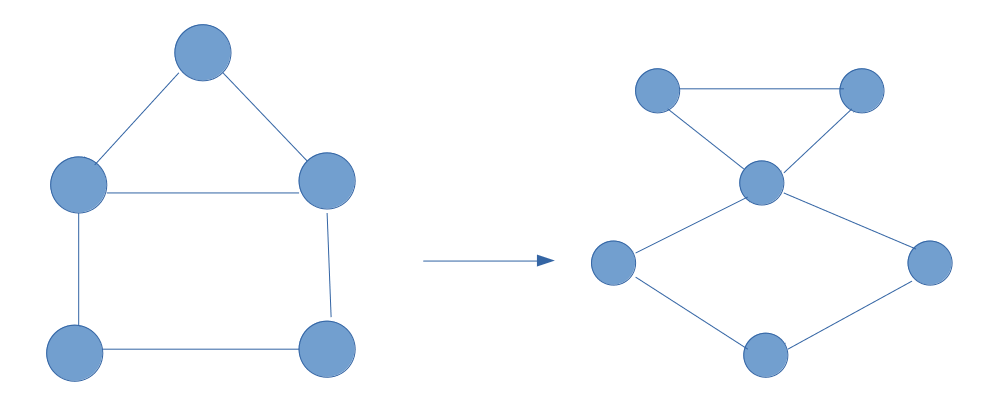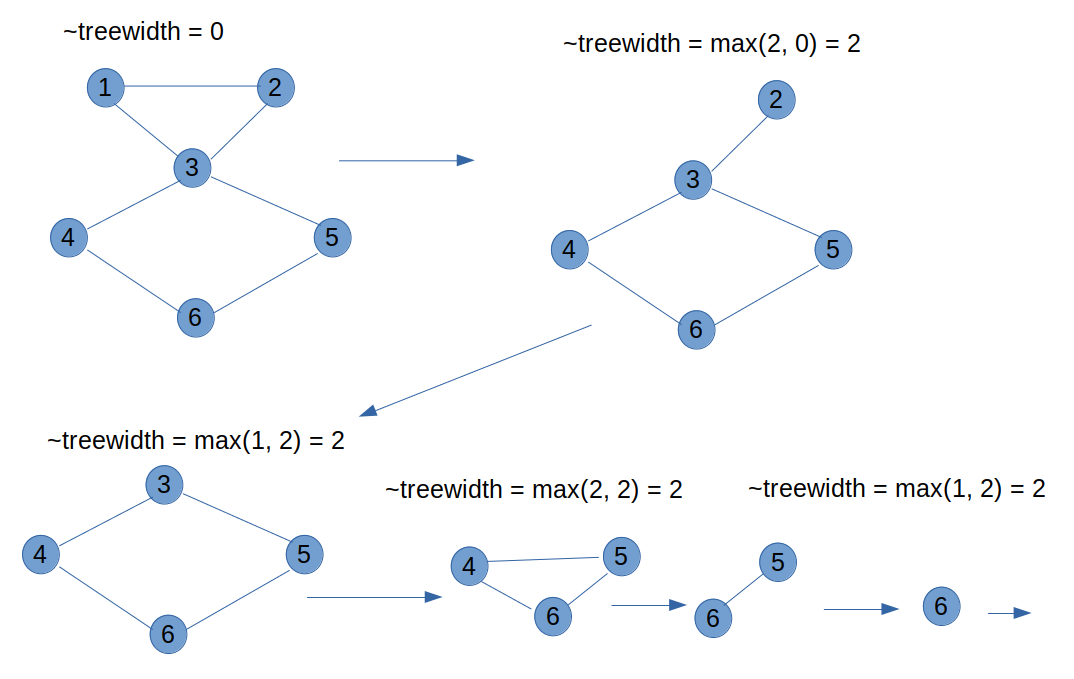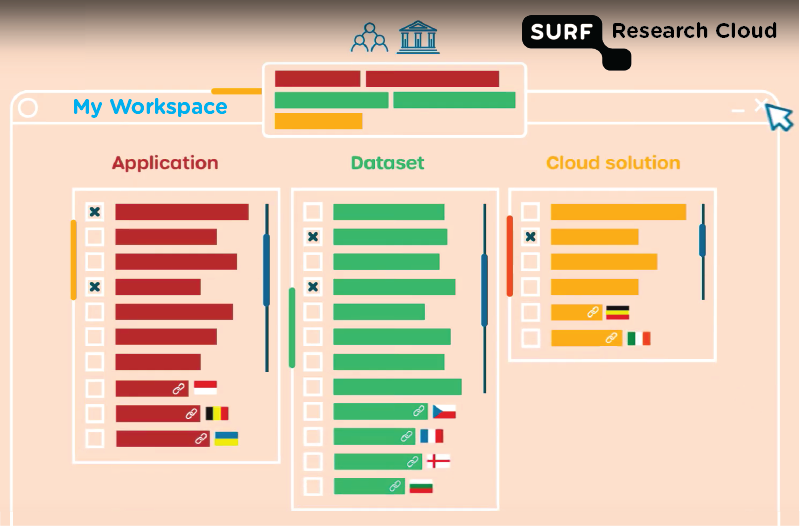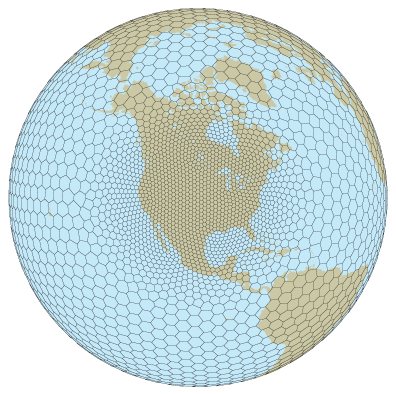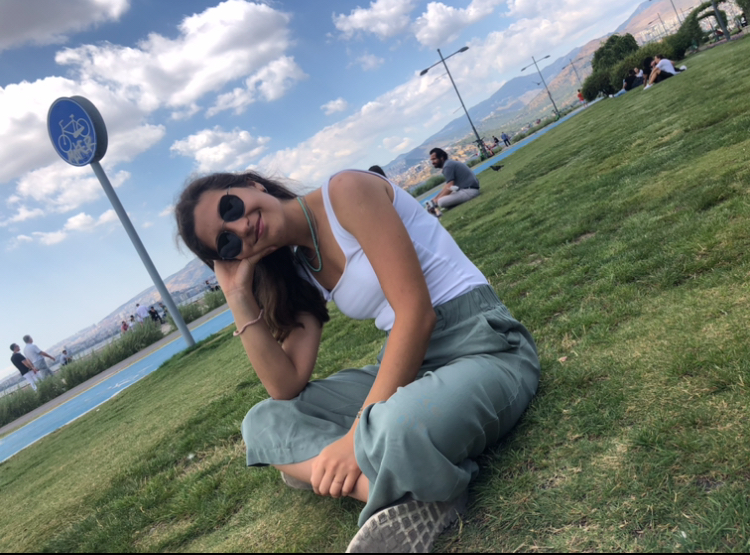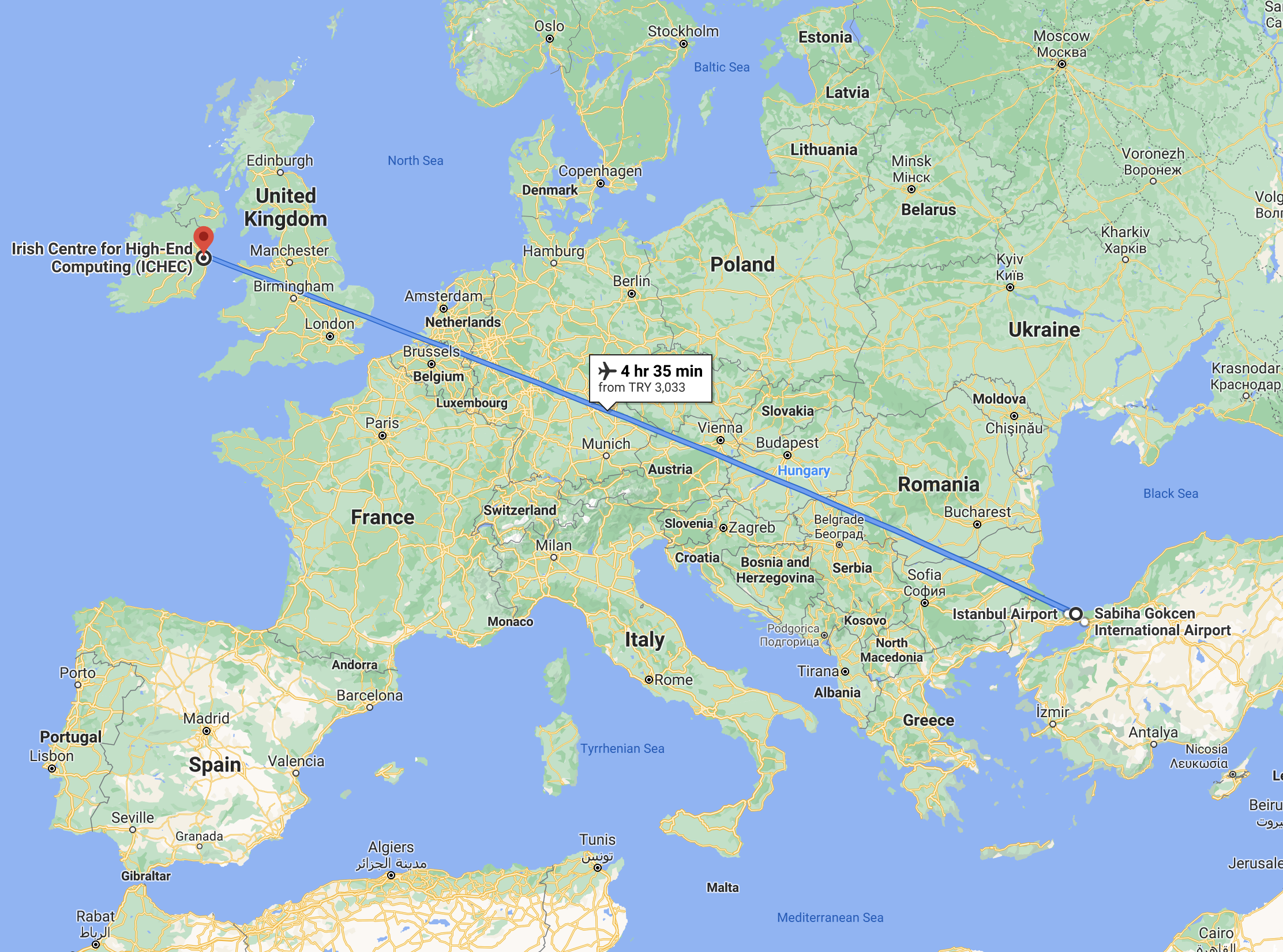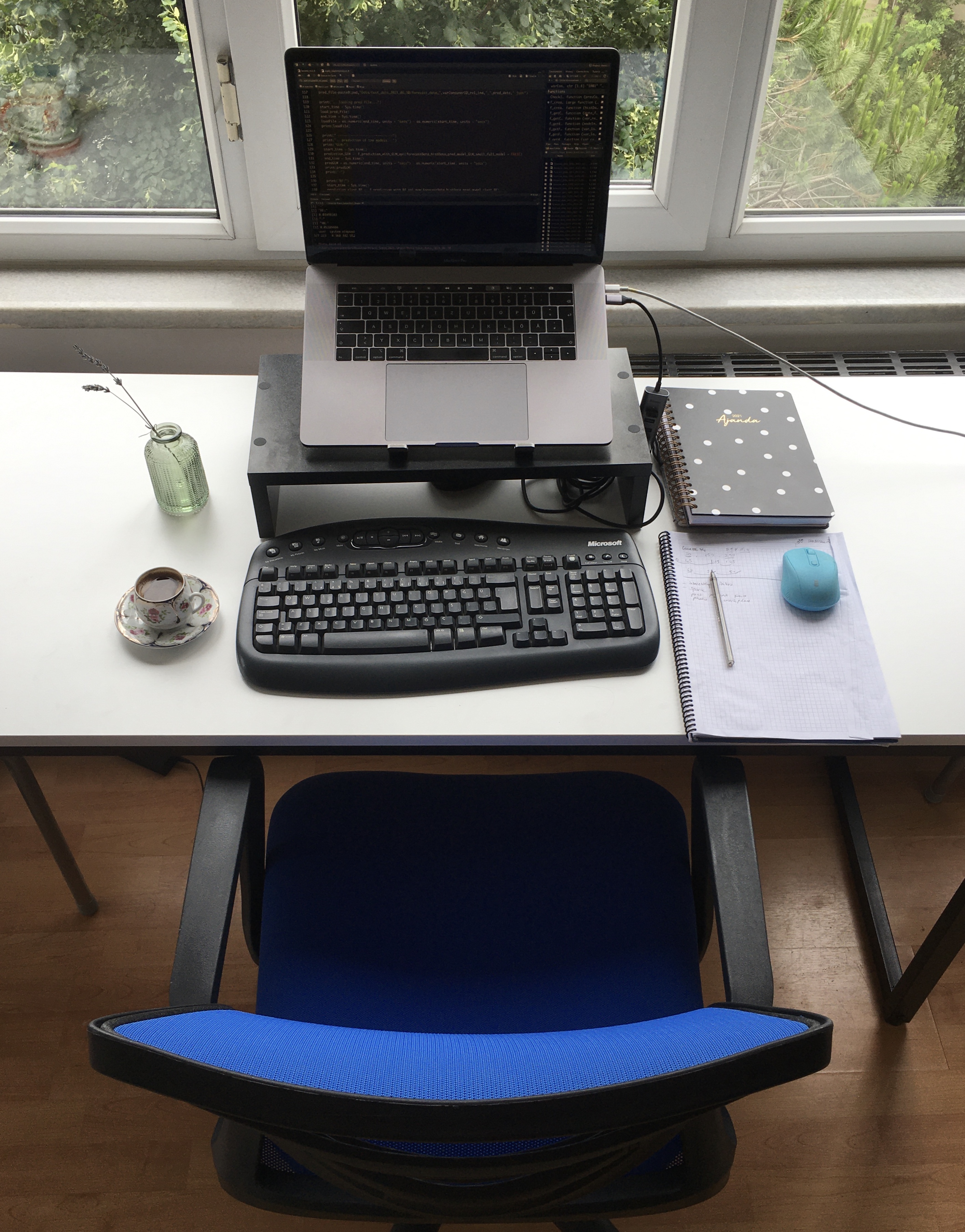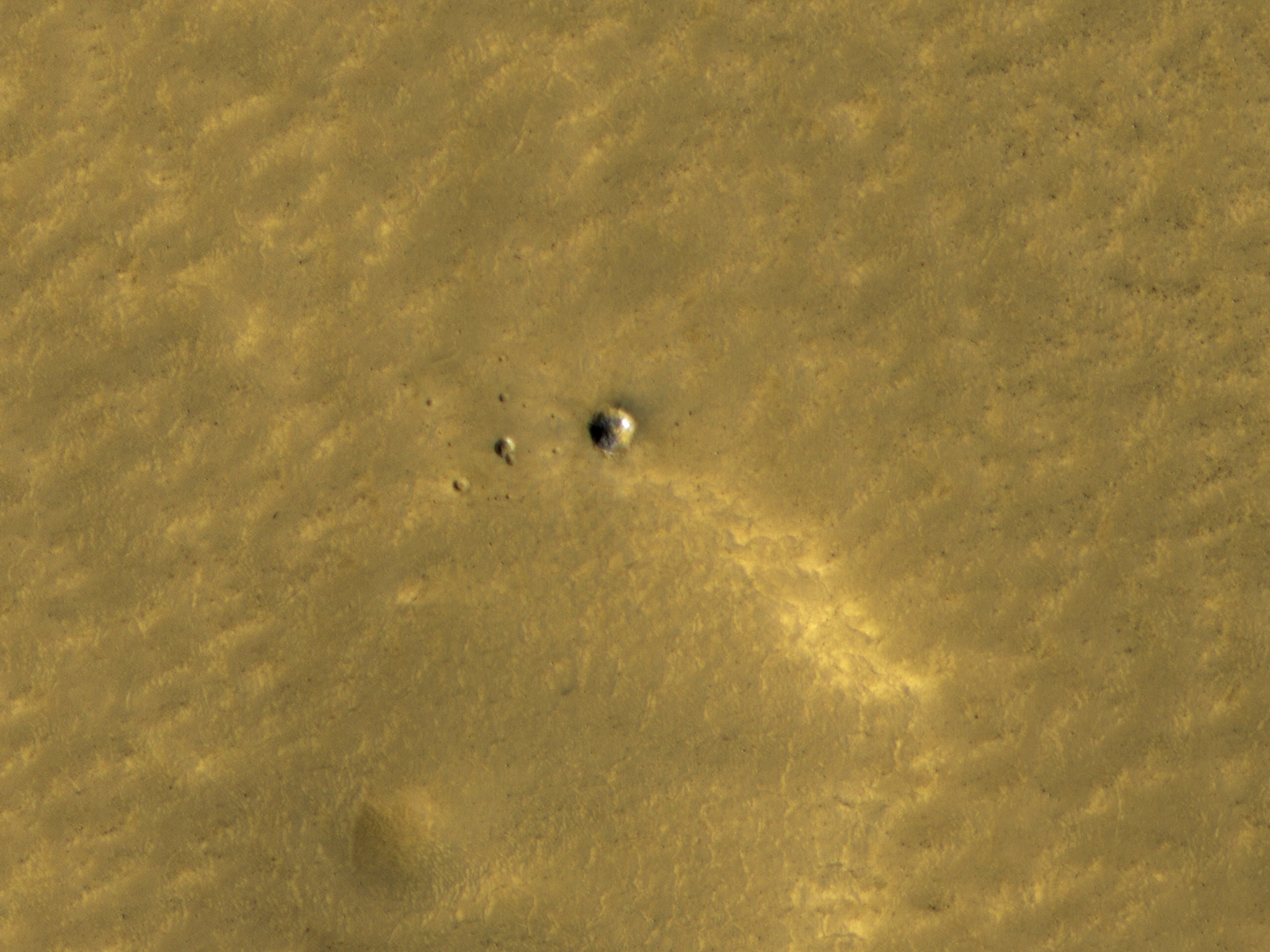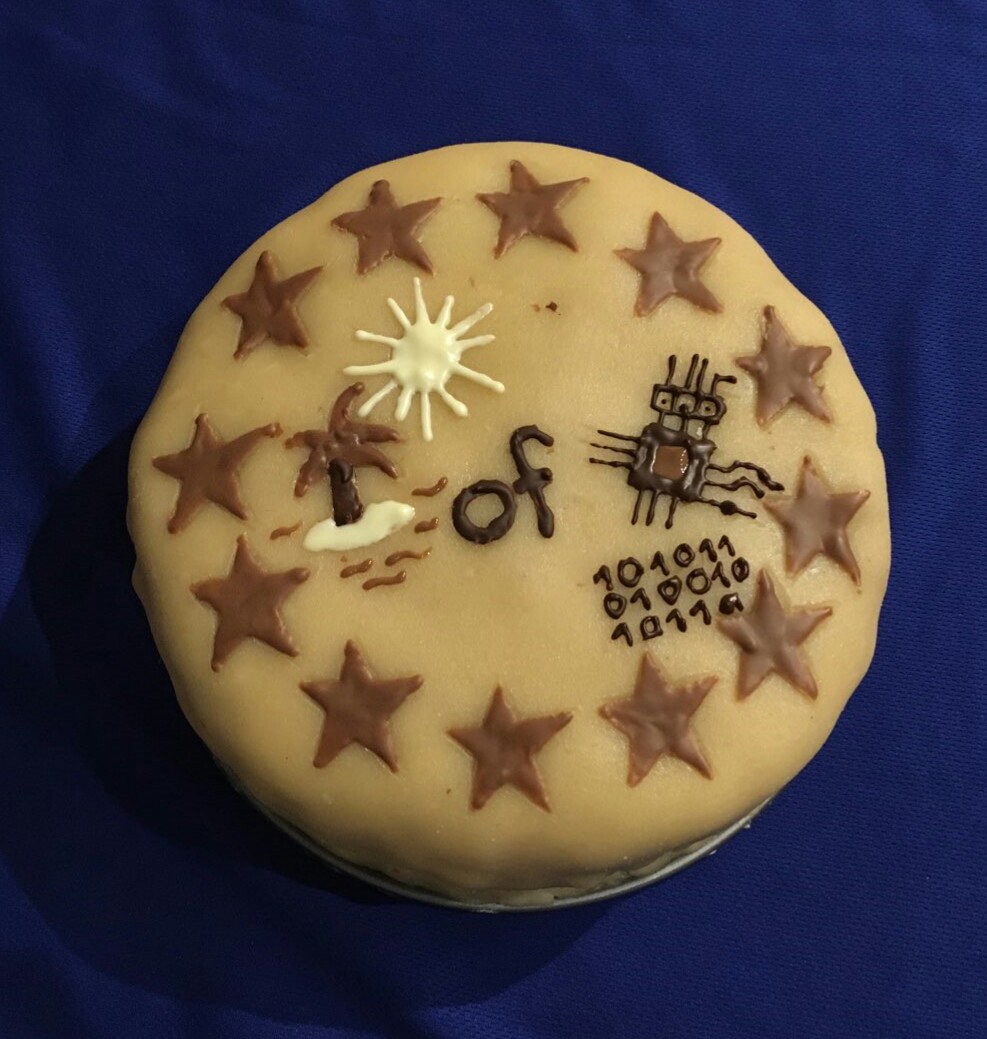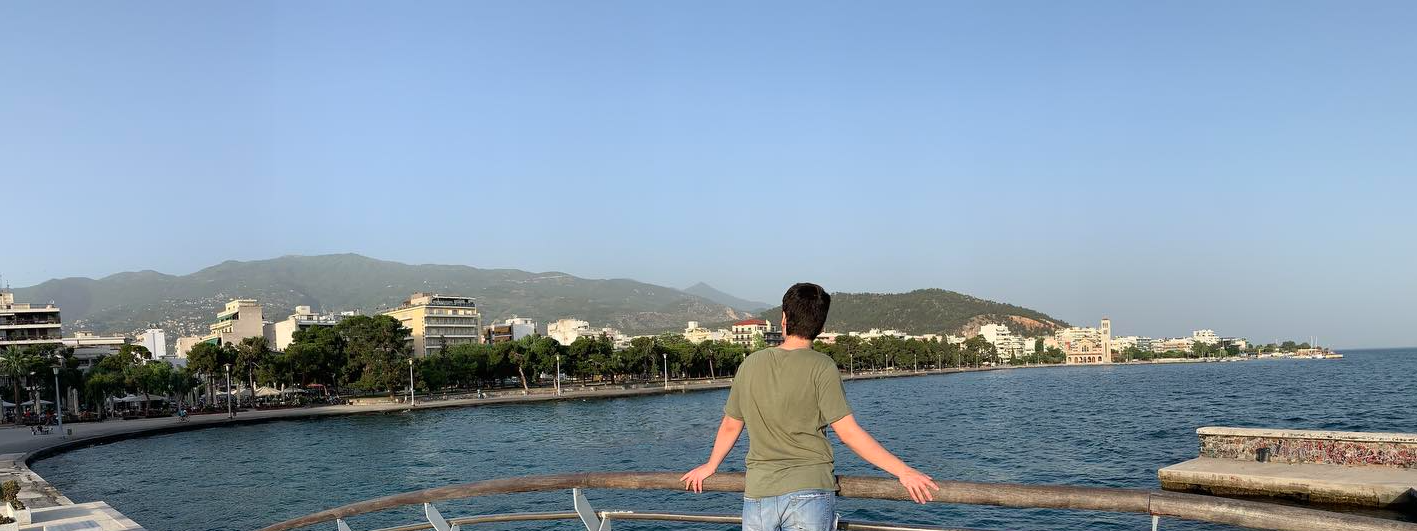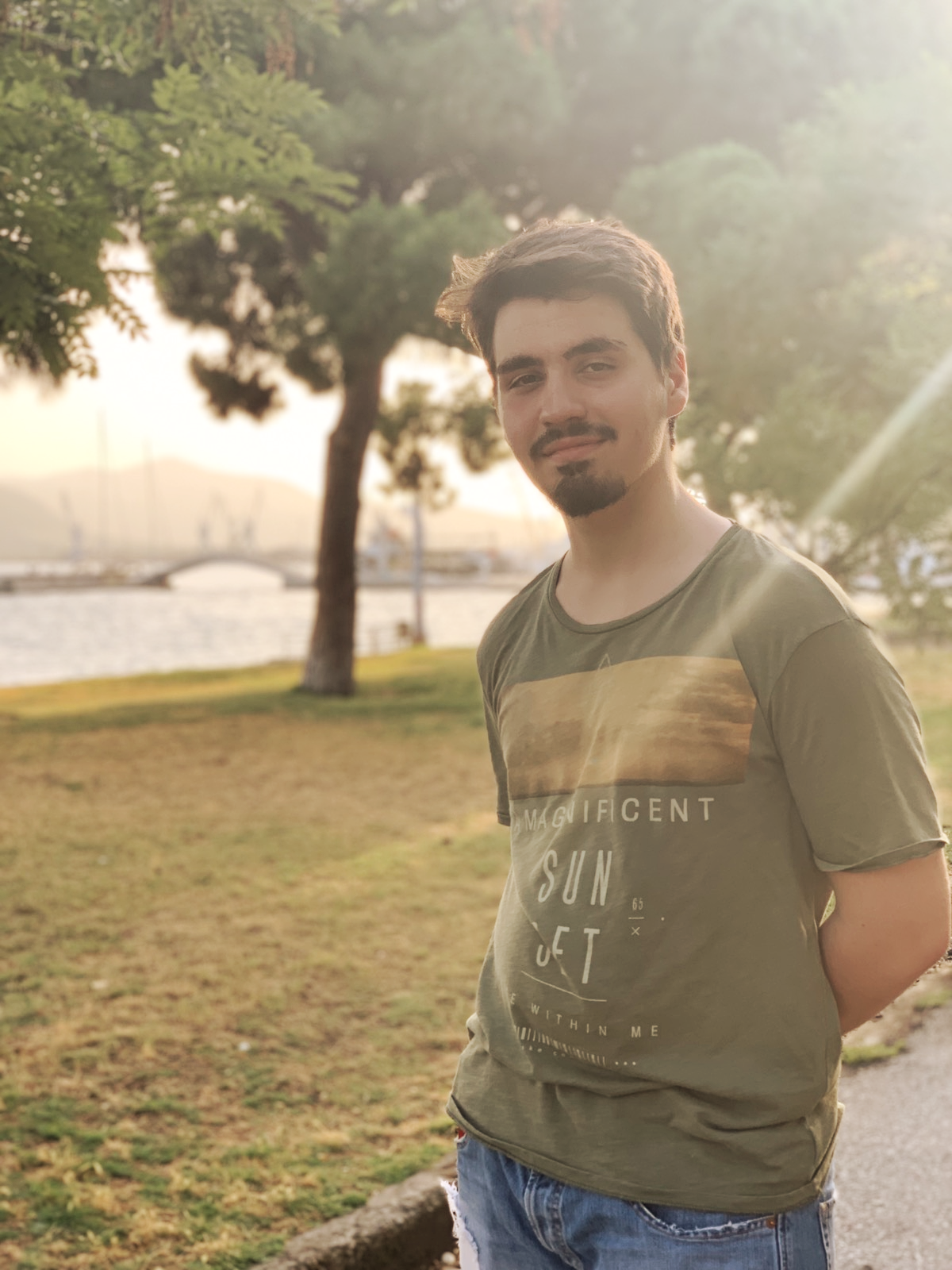Hello everyone, we are Arthur &Tristan, two engineering students from Paris and we will compete in the Summer of HPC program.
First a few words about us :

My name is Arthur. I’m 21 and I’m from the south of France. I studied in Paris for the first 4 years and I will do an exchange semester in Milan next year. I have a particular affection for computer / computational science, telecommunication, astronomy and new manufacturing processes.

Hi my name is Tristan, I am from the French Alps and I am 22 years old. I grew up near the Switzerland border, studied there until high-school, then I moved to Lyon and finally Paris for my studies. Being from the mountains I love ski and sports in general.
We are both students in our 5th year of Applied Mathematics and Computer Science in the engineering school Polytech Sorbonne. (Below you can see a map of our campus located just next to the Seine in Paris.)
Our project
The aim of this project is to combine two things. First, we want to evaluate all pairwise interactions in a system of N electrical charges. Secondly, we would like to be able to evaluate these interactions on massively parallel systems in order to decrease the computation time and to increase the number of particles in the simulations.
The best sequential algorithms have linear complexity. The problem is therefore to find the best way to parallelize them, to compare the different solutions available. There are many frameworks that can be used for this purpose. Instinctively, one thinks of OpenMP, MPI, etc.
During this project we will focus on HPX. Once the implementation is done, we will try to measure how much of the resources we are able to exploit because most current implementations are unable to take full advantage of the resources available on clusters.
HPX
During this project, we will use a general purpose C++ runtime system for parallel and distributed applications called HPX. It is developed by the STE||AR group at Louisiana State University. This is an alternative to OpenMP/MPI which aims to solve the difficulties encountered by MPI on very large supercomputers
We recommend anyone interested in the subject to refer to the HPX documentation which contains a very clear explanation of the difference between HPX and more conventional high performance computing frameworks.

